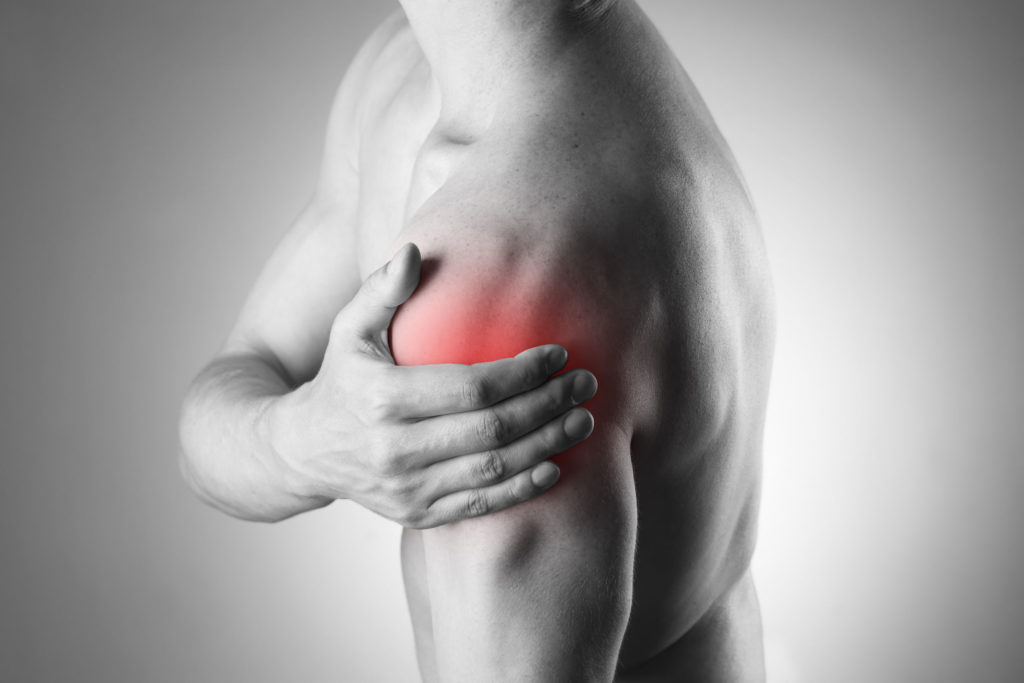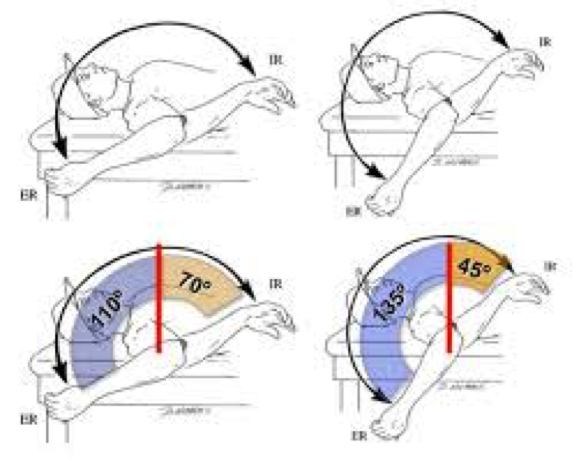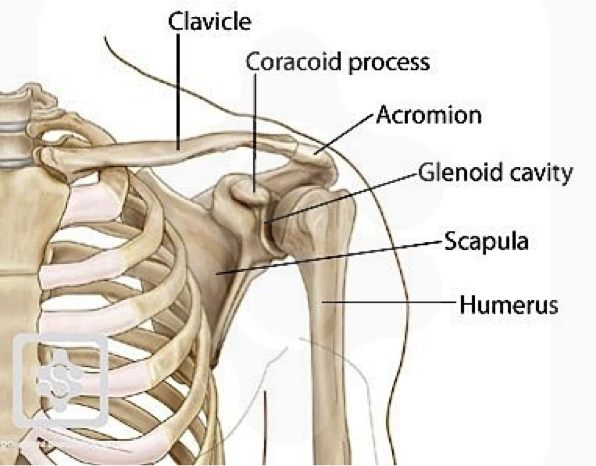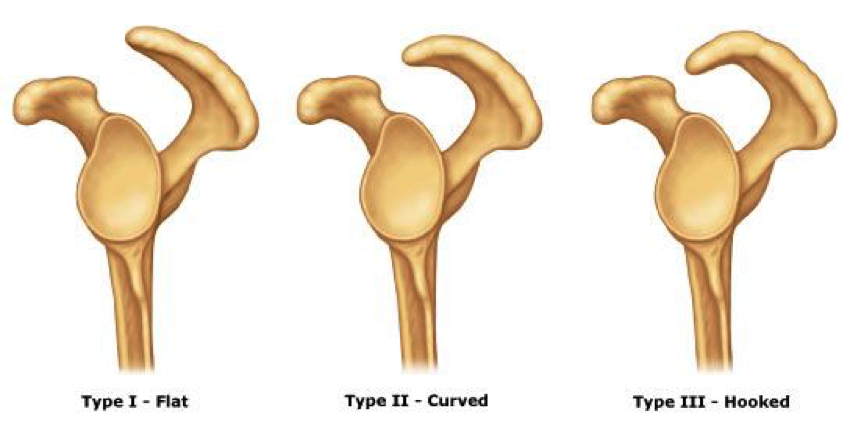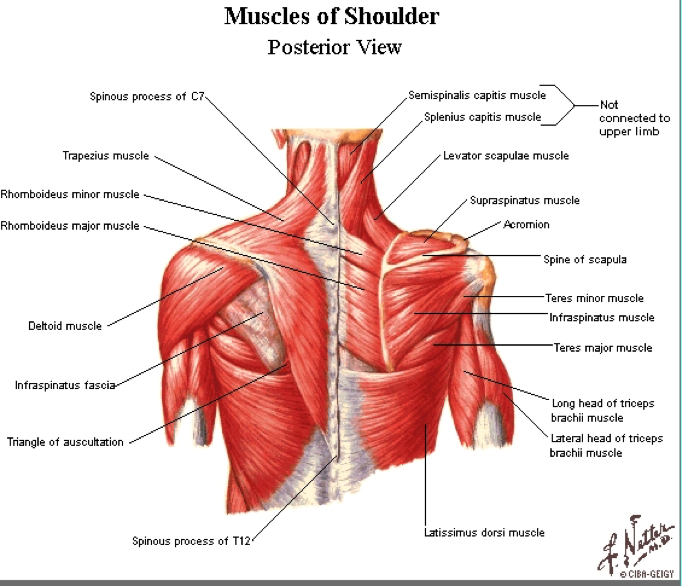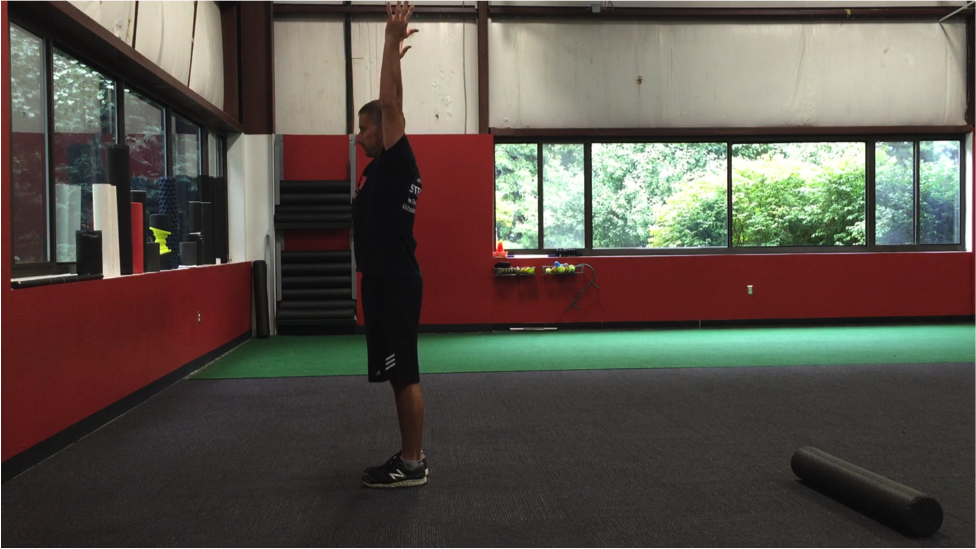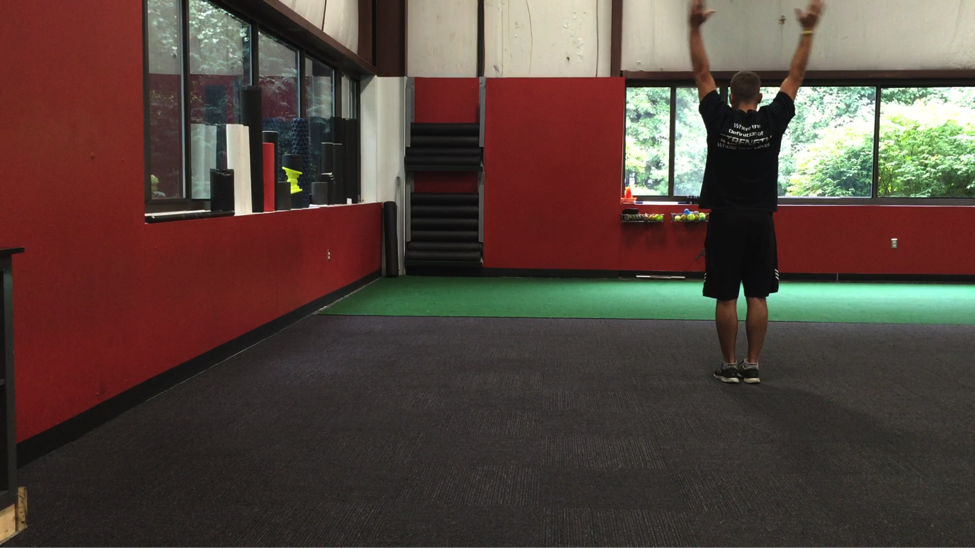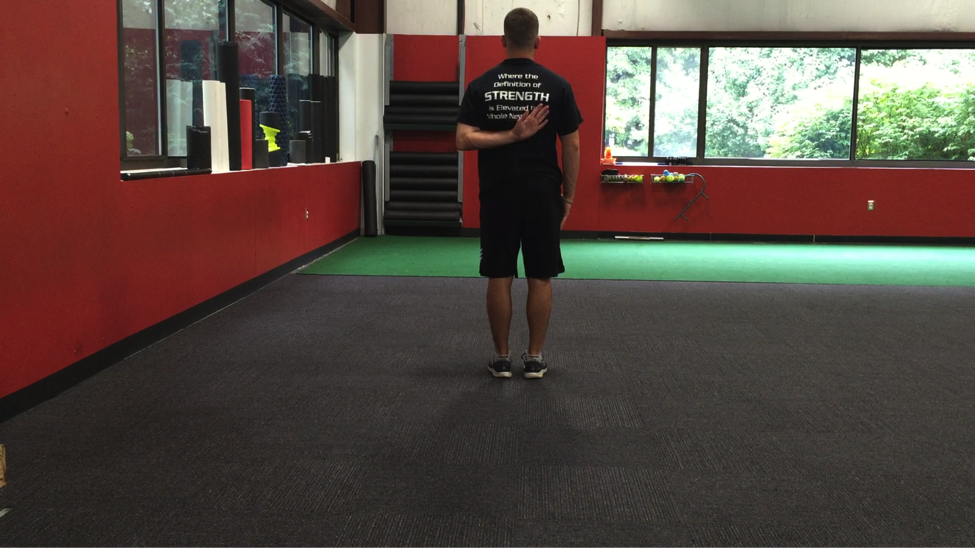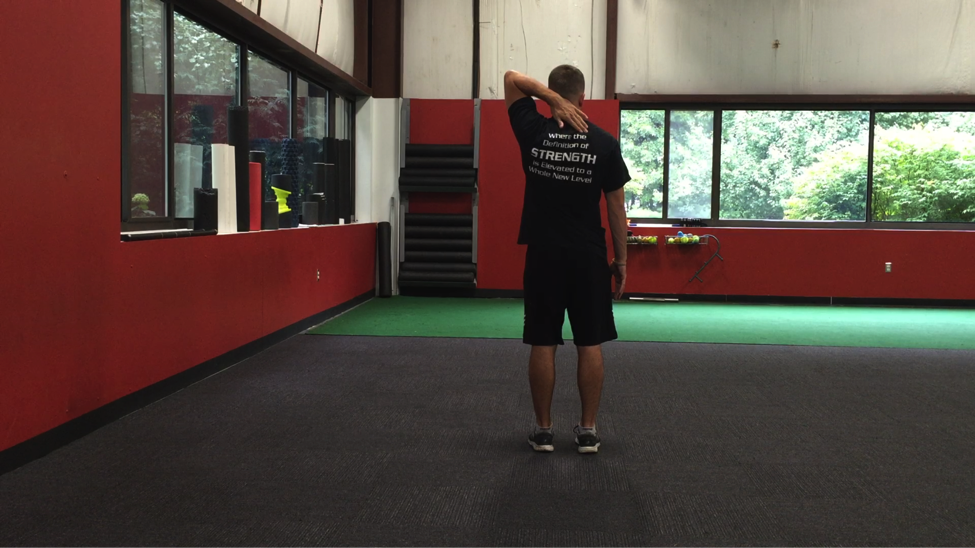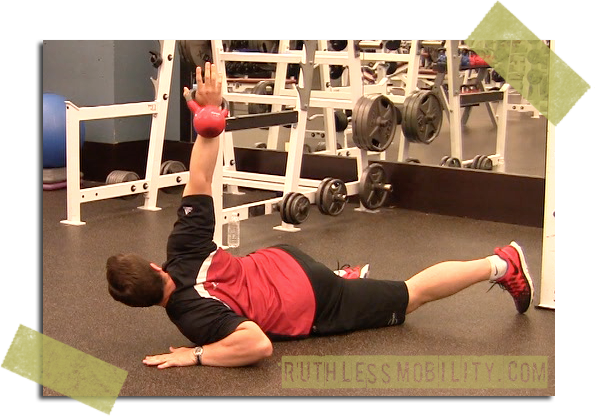I had an amazing time in the DC area this past weekend presenting and catching up with friends and colleagues.
Today is all about playing catch up: emails, writing programs, and of course spending some quality time with family. I’ve got some good blog posts percolating in my head and hope to do a massive writing dump later this week. In the interim, however, I’ve got strength coach George Kalantzis filling in for me today with a stellar article.
Enjoy.

Un-Fuck Your Warm-Up
Like anything worth having in life, all good things have a starting point.
If you’re like me, you’ve probably been guilty of skipping the warm-up. Don’t bother lying to me – I know you’ve done it. And I get it. You’re crunched for time and the last thing you want to do is roll around and warm-up.
But, what if I could explain the warm-up for you in terms you might appreciate a bit more…
I.e.,……sex.
BOM CHICKA BOM BOM
Do I have your attention now? Great, then keep reading to un-fuck your warm-up.
I got this idea from my mentor and friend John Romaniello a few years back, and it has to be the best explanation of warm-ups I have ever heard and something I find myself using quite often.
“ Workouts are like sex, and the warm-ups are foreplay.”
Sure, you can skip foreplay and have great sex, but if you skip foreplay all the time, chances are things will get stale and your sex life will suffer.
The same thing can be said about your body. Continuing to ignore the warm-up will cause your body to break down, hinder your results, and you’ll become more prone to injuries.
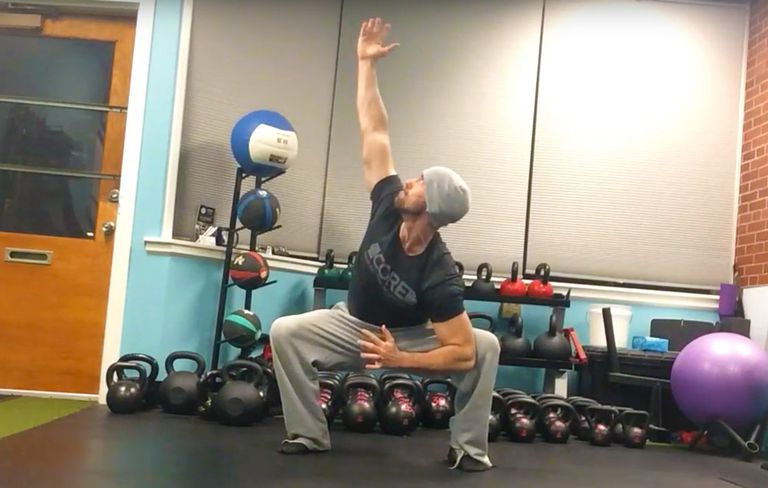
Maybe warming up does not sound that bad after all.
While I’m not here to tell you that you can’t just walk into the gym grab an empty bar and start lifting or to tell you that you “must” foam roll and do a “dynamic” warm-up prior to your lift.
I’m here to say that warm-ups do matter and with the right time and concentration you can get tremendous benefits without wasting useless time.
The Only Warm-up You’ll Ever Need
Recently I attended The High-Performance Pain Seminar by Dr. John Rusin at The Onnit Academy in Austin, TX. It was a 2-Day seminar packed with a ton of great information.
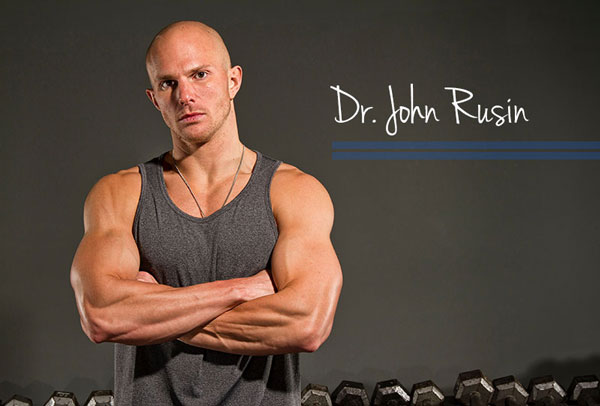
There were so many things presented, but what I liked most about his presentation was his ability to make things a lot simpler for my clients and myself. One of those concepts was the warm-up.
A quick and effective warm-up looks like something like this:
- Release tight muscles (SMR, Bi-Phasic stretching)
- Activate weak or inactive muscles (corrective exercises, stability based activation)
- Get Moving (pattern development, central nervous system stimulation)
For the context of this article and not writing an entire book, I will be covering a few of my favorite SMR techniques and drills that everyone can benefit from.
Release Tight Muscles
As a massage therapist, I’m a huge fan of foam rolling. But too often I see people making love to their rollers or just perhaps haphazardly rolling because they’ve seen coaches do it.
Replace Eric’s (Cressey) voice with a little flute and guitar and things could get interesting.
While there are many ways you can “foam roll,” the goal should be to choose an area that will have the biggest carry over to your movement that day.
In general, most people have trouble with the following areas.
Lower Body – Quadriceps, Adductors, Glutes, and Lateral Hip
Upper Body– T-Spine, Pectoralis Group, Posterior Shoulder Girdle
Mid/Upper Back Release
The mid-back release is one of my favorites mobility drills to use as everyone can benefit from some upper back mobility. Tony wrote an amazing article on it HERE.
Lateral Hip Trigger Point Release
The glutes take a beating daily, and trigger points are a common source of hip and low back pain. Performing daily release on the glutes can make a huge impact on everyday health and performance.
Bi-Phasic Stretching
One of the common myths associated with stretching is that if a muscle feels tight, it should be stretched to improve range of motion and restore flexibility. But, just because your muscle feels stretched doesn’t mean that exercise will yield a positive result.
Take for example the hip flexor and hamstring stretch. A lot of people stretch through pain because they believe it is helping, or do they end up in the wrong position. Not only is this a waste of time, it can actually be one of the prime reasons tightness never goes away.
So what can you do to help with tight muscles?
Instead of haphazardly stretching, learn how to achieve proximal stability through the shoulders, hips, and core. Not only will this save your joints and you’ll feel better, you’ll begin to notice a difference when you hit the gym floor.
Most people will benefit from biphasic stretching in the following areas:
Lower Body– Hip Flexors, Adductors, Posterior-Lateral Hip
Upper Body– Pectoralis Complex, Posterior Shoulder, T-Spine/ Lats
Add These Drills To Your Arsenal
Deep Squat Belly Breathing With Lat Stretch x 5 Breaths
Grab a TRX and sit deep into a squat with your feet together and palms up. This will turn off the lats and facilitate a good stretch throughout the upper body. Let your head relax and take deep breaths.
Split Stance Adductor Mobilization With T-Spine Rotation x 6-8/side
I see a lot of people mess this drill up.
Set up on all fours, kick your leg out to the side, and screw your palms into the ground to create tension throughout the body. Rock back slightly until you feel a slight stretch in your adductor (inside leg). Make sure not to round your lower back.
True Hip Flexor Stretch x 30-45 seconds/side
The key here is to sit tall, squeeze the glutes forward and make sure that your spine stays neutral rather than achieving a range of motion through the lower back.
Supine Hamstring Stretch x 6-8/leg
Take your time with this drill. Don’t worry if you cant get your leg straight, just work in a range of motion and a nice controlled manner.
Activate Weak Muscles
After you’ve addressed the areas of mobility, its time to activate and enhance movement.The goal here should be to find the big-ticket items that will enhance movement for the workout, not become a corrective guru.
Movement needs to be good enough, not perfect. Choose big areas that will yield optimal ranges of motion and force production.
Most people will need work in the core, glutes/hips, shoulders, and lats.
Banded Glute Bridge 8-10 Reps
Shoulder Activation x 10 Reps ( Facepulls, Band Pull Aparts, Lat Pulldowns)
Get Moving With CNS Development
After you’ve released tight muscles and activated everything, it’s now time to select a few exercises that will match the primary movement of the workout and wake everything up.
For example, if the workout is based on a heavier deadlift day and you are a bit more advanced, choose something like this:
Explosive drill – Swings, jumps, throws etc
Mobility Drill
If you were more of a beginner, it would look something like this:
Half Kneeing MB Chest Pass
Mobility Drill
In Summary
If you want to maximize your performance and keep your body healthy in the long term, warming up is a must-have component of your workouts. Instead of spending useless time rolling around for countless minutes and just performing exercises haphazardly, spend about 5-7 minutes on exercises that will have the biggest carry over for that day and you’ll begin to not only see a huge improvement in your strength, but also your health.

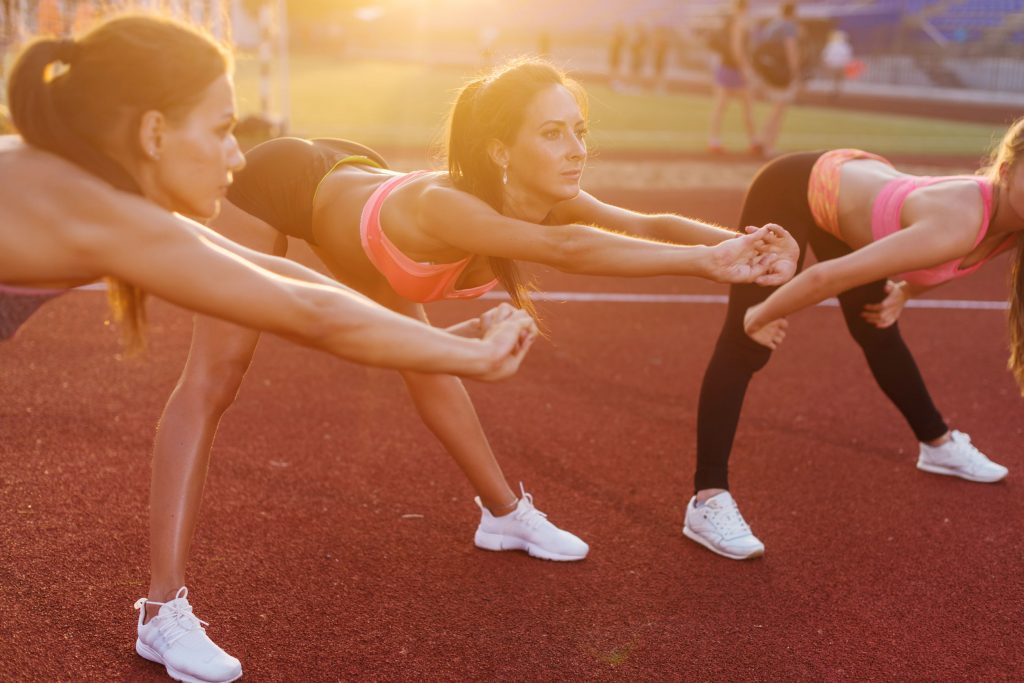
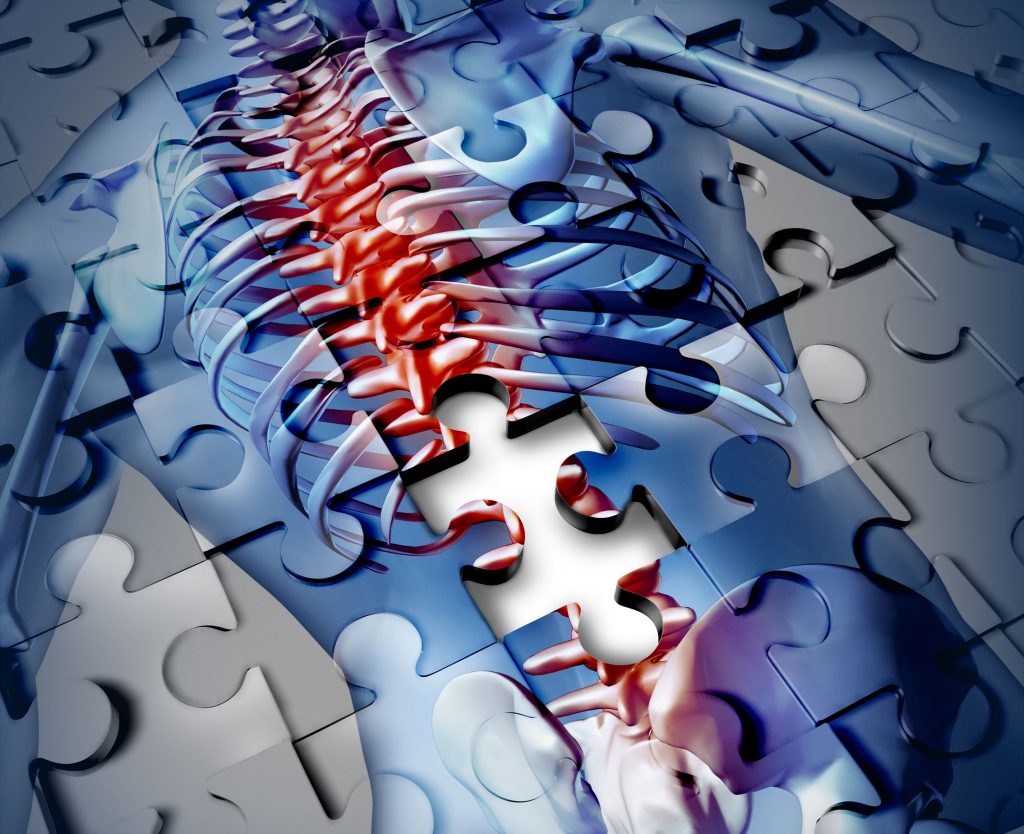
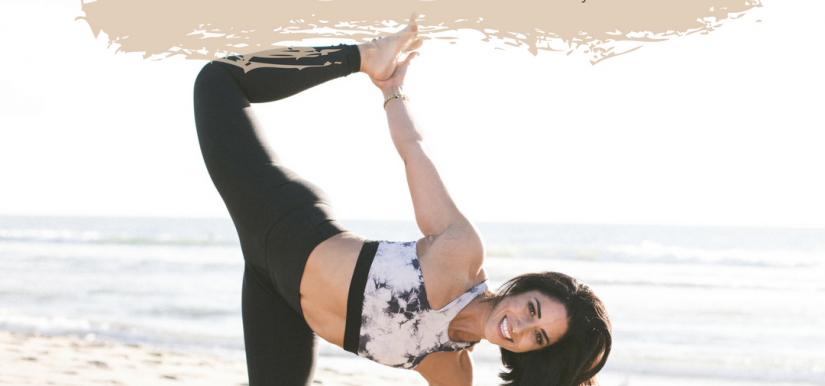

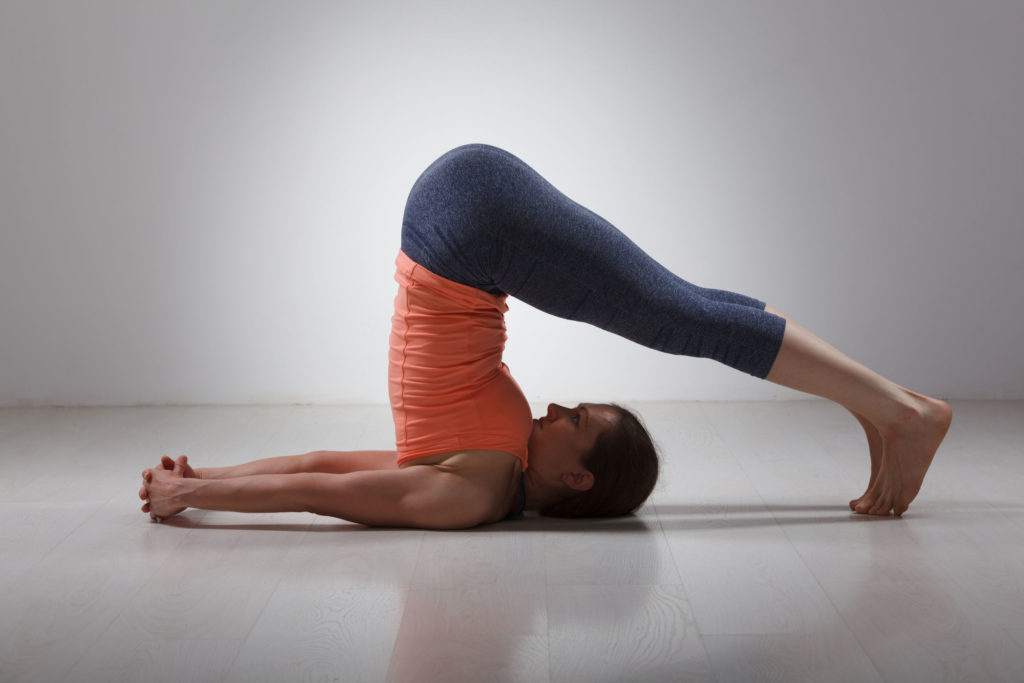
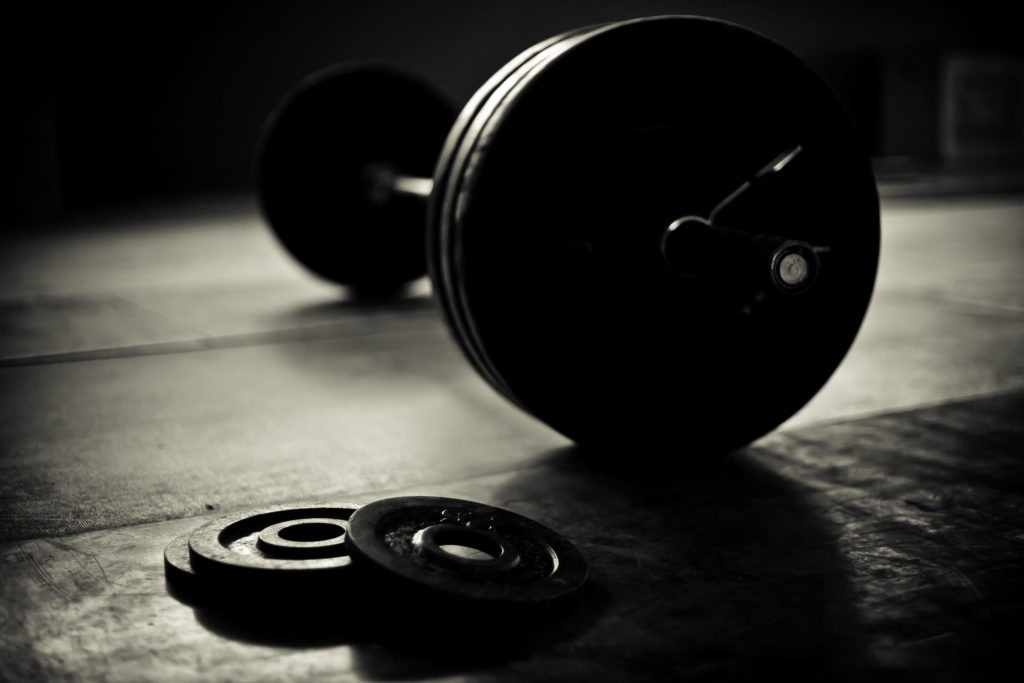
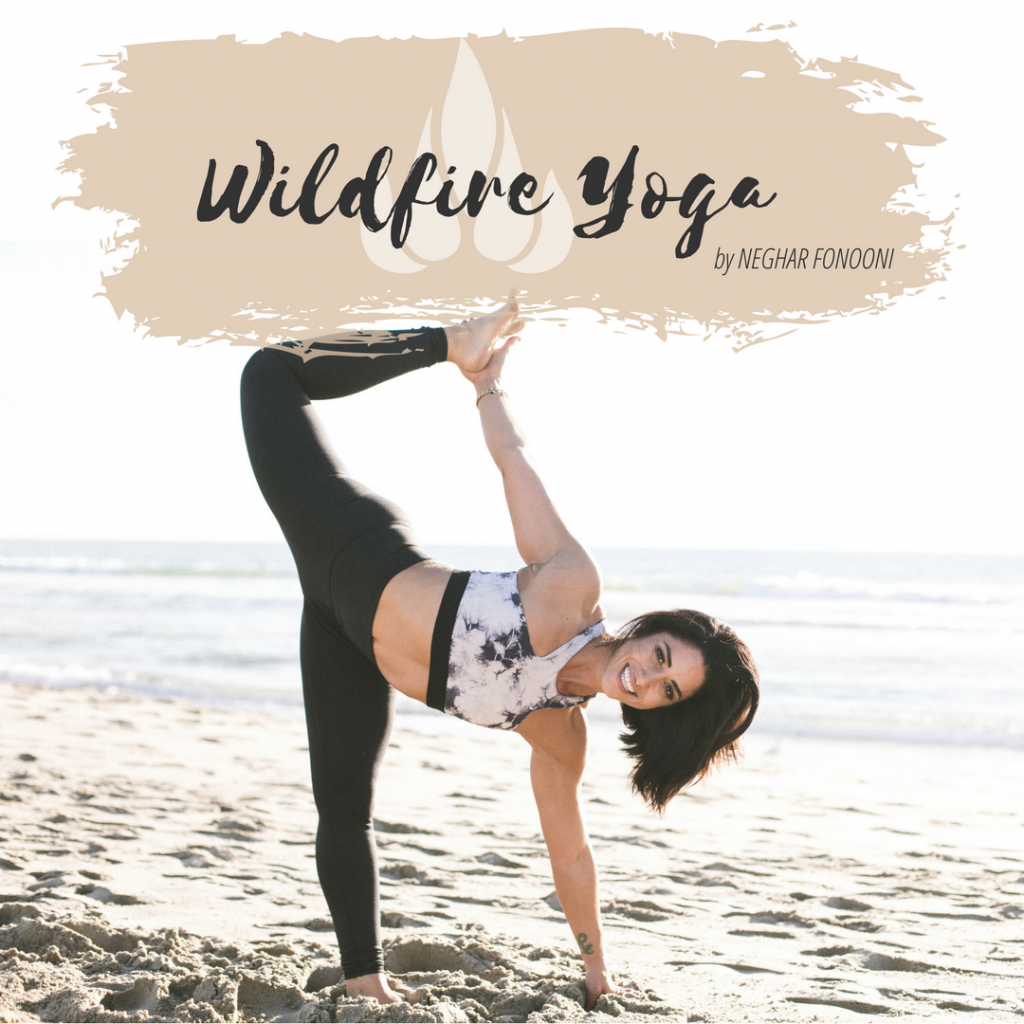
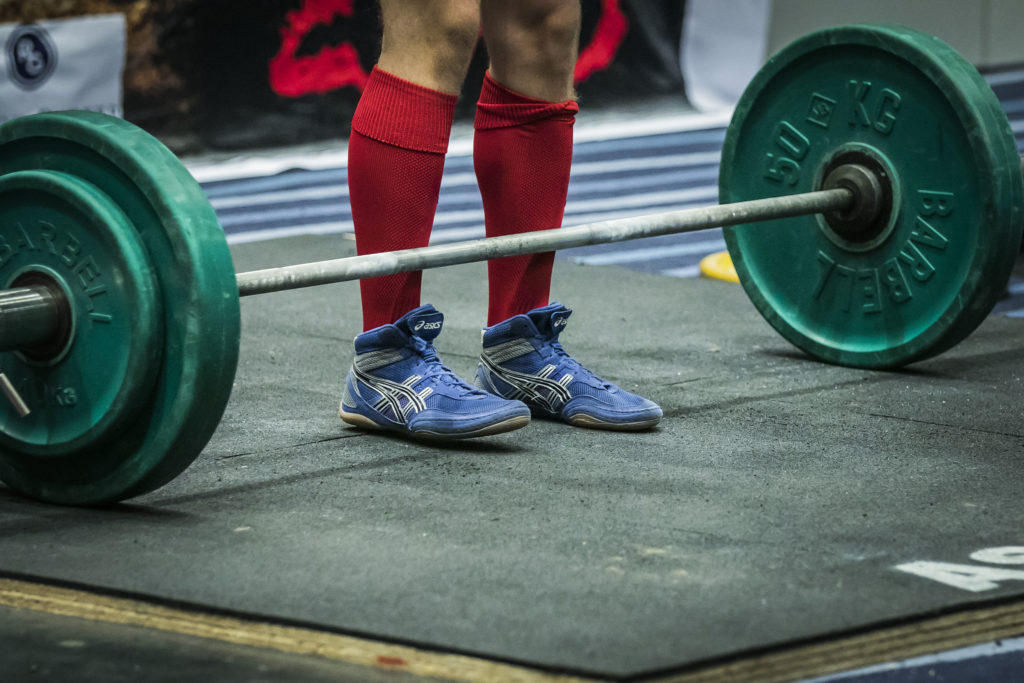
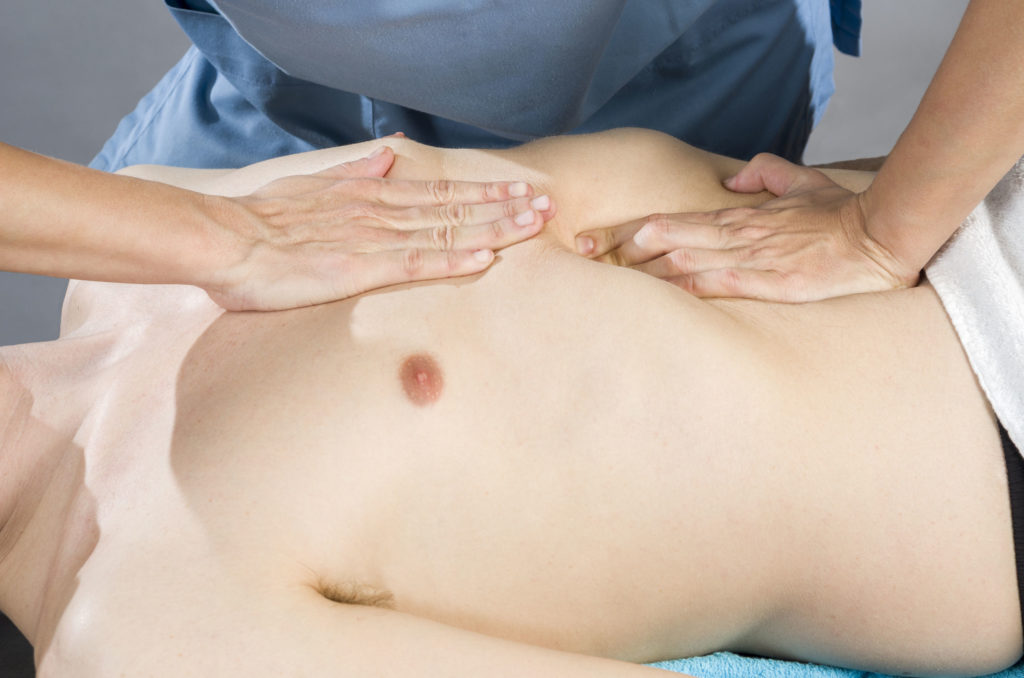
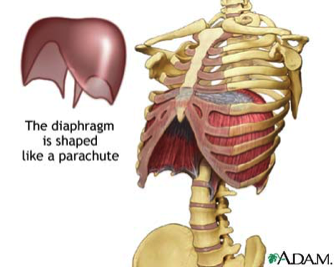


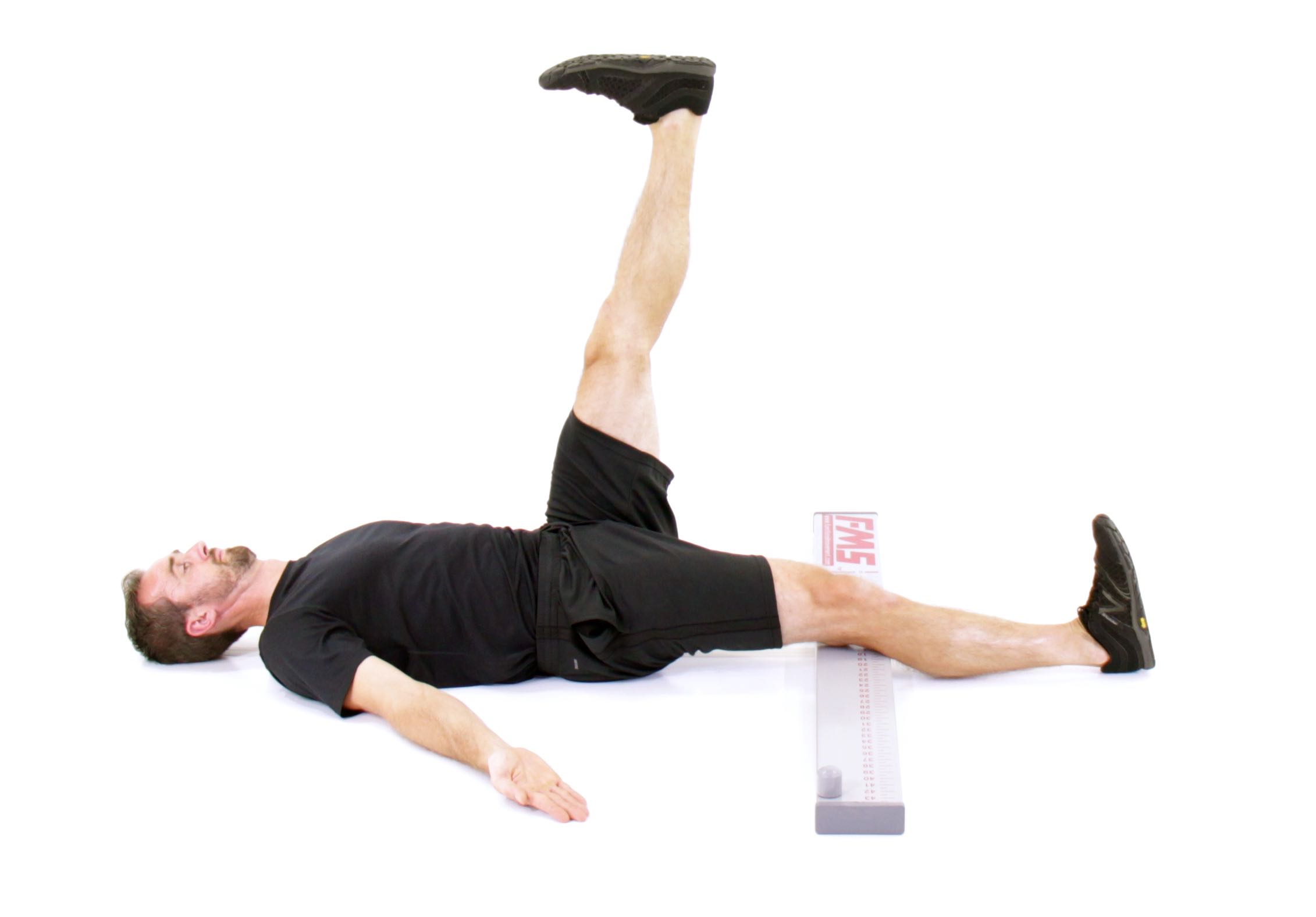


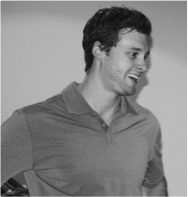
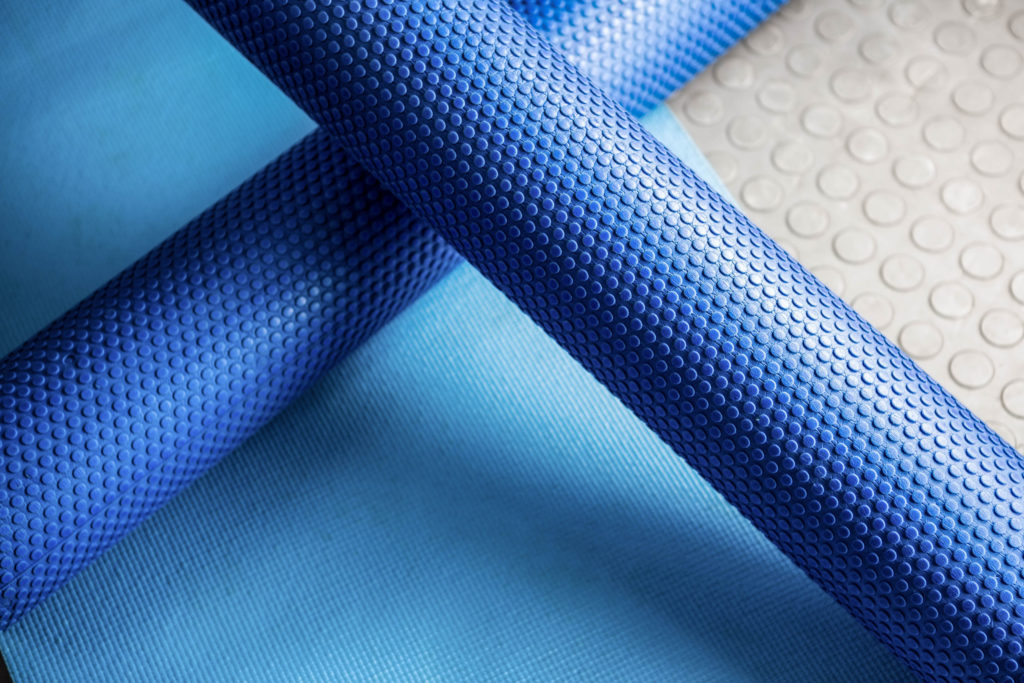

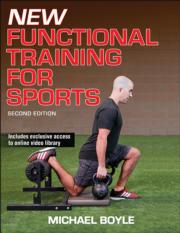 2nd edition. He thinks foam rolling can help combat muscle creep.
2nd edition. He thinks foam rolling can help combat muscle creep.